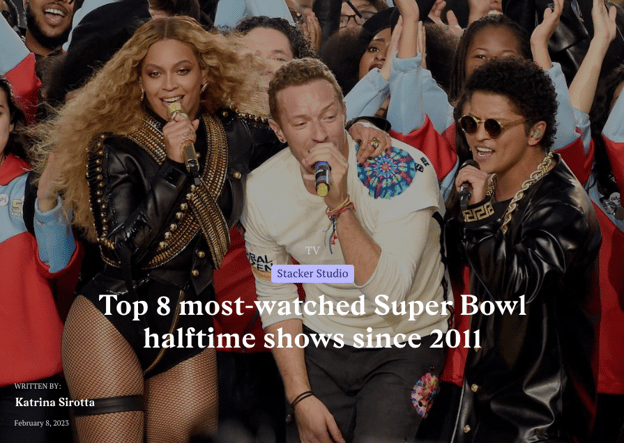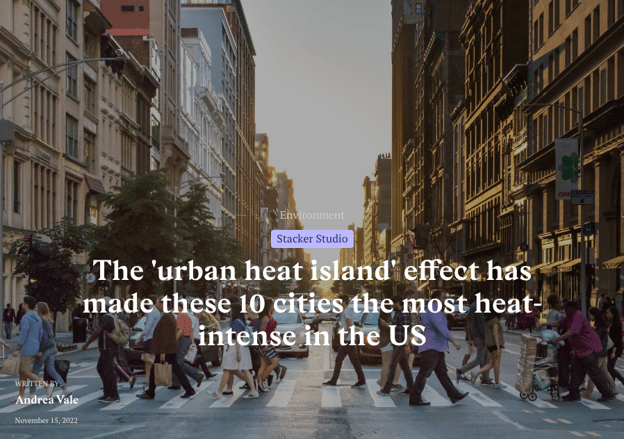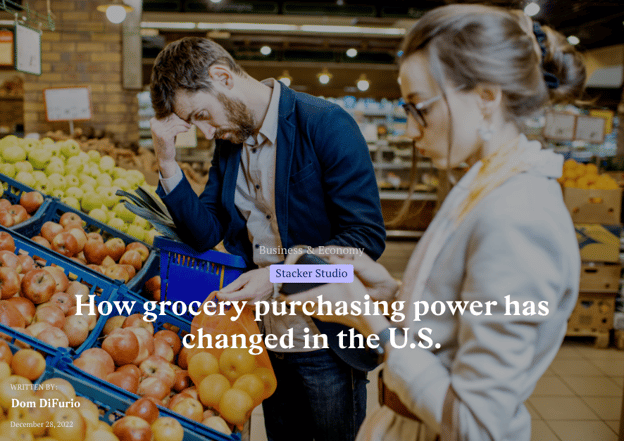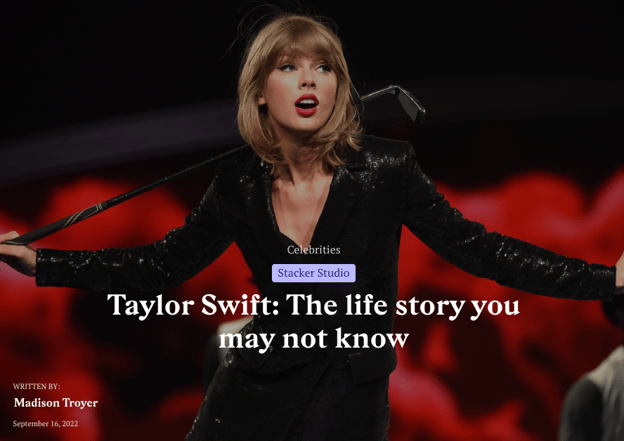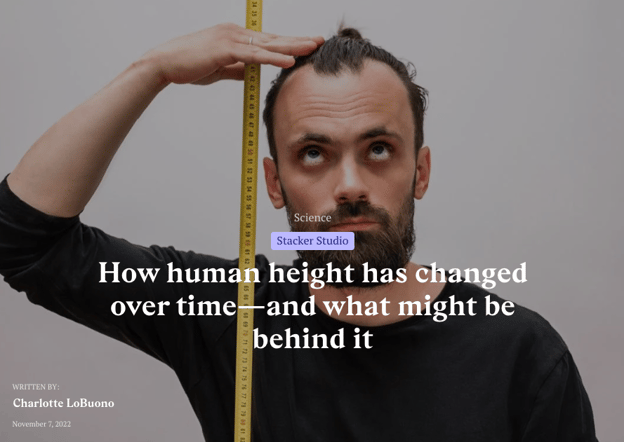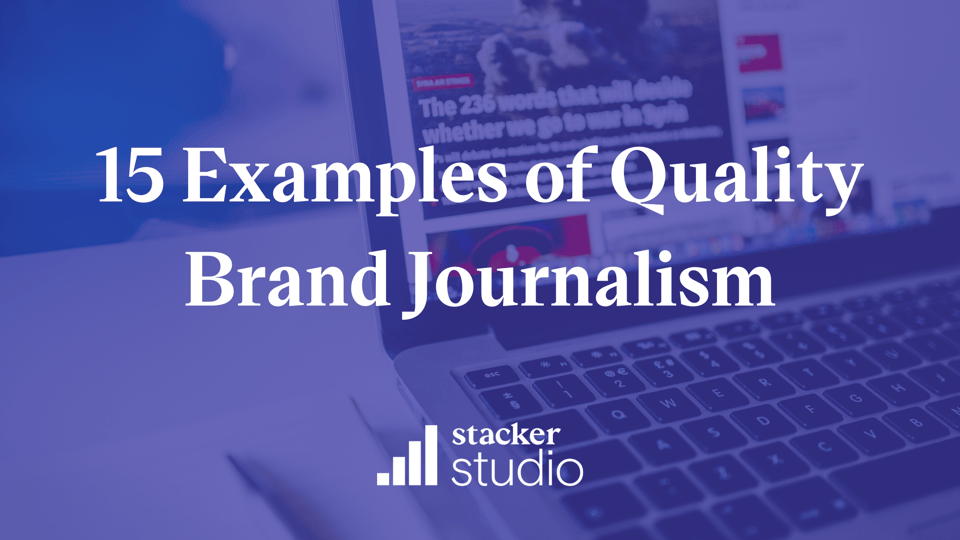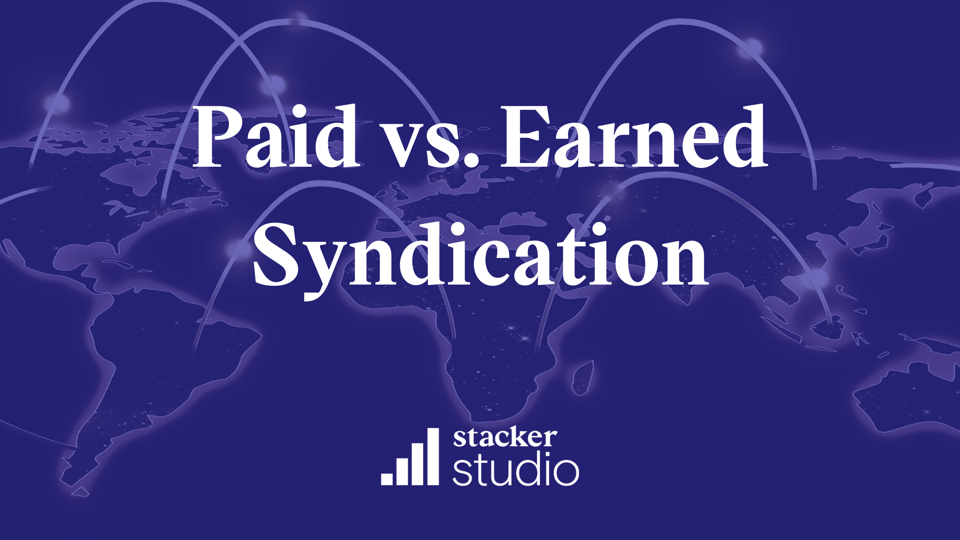Millions of news articles are published every single day, and behind every single one lies a question.
Is this newsworthy?
Writers and editors are constantly making the judgment call about whether a story is deserving of their time, resources, and — when talking about print — their available space. Taking on one story inherently means passing on another.
But this decision isn’t made solely on gut feeling. There are guiding principles about what makes a story newsworthy.
They’re called news values.
What are news values?
In journalism, news values are the characteristics that make a story more likely to be important to or valued by the public.
As a marketer or PR professional, if your goal is to earn media with the reports, surveys, and studies you put together, it’s critical to consider news values when creating your content. Otherwise, you risk making something publishers won’t take interest in.
Even if you don’t plan on pitching journalists to write about your content, incorporating news values can always improve the quality and make it more relevant to readers.
Let’s take a look at some of the most-used newsworthy elements, examine real Stacker Studio stories that encompass those elements, and explore how you can apply the principles to your own content strategy.
Timeliness
The news value of timeliness answers the question: Is this topic relevant now?
The most obvious example of timeliness is “breaking news,” or events that are currently happening or have just happened.
As marketers, we’re rarely covering breaking news. Instead, we have to consider what stories we can create that complement relevant, timely events.
Let’s look at an example.
Rather than hiring writers to cover the game (which most relevant publications would already be covering), we considered what stories we could create to complement common Super Bowl topics.
In this case, we added the context of which Super Bowl halftime shows were the most-watched in the last decade or so. This story is timely because it complements breaking news coverage about the Super Bowl itself.
News sites can use stories like this to garner more traffic and engagement on their stories and encourage readers to check out other, related pieces.
When trying to come up with timely pieces of content, ask yourself:
-
What events happen every year that are at least somewhat relevant to your industry?
-
What is currently trending, and how can you complement those topics? Google Trends and Exploding Topics are great for this.
-
What’s breaking news right now in your industry, and what part of the story isn’t being told?
Proximity
All things being equal, people tend to care more about what’s happening near them vs. what’s happening farther away.
“Extending empathy to abstract strangers is a particular challenge for the human mind,” according to a BBC Future article. “Originally described by the Stoics thousands of years ago, the concept of ‘oikeiōsis’ describes how our empathy and affinity for others declines by proximity to our lives. Imagine a series of rings: in the bullseye there’s the self, the innermost ring represents one’s family, the next ring one’s friends, the next one’s neighbours, then one’s tribe or community, then one’s country, and so on.”
In the case of news, it’s common for readers to care more about what’s happening nearby, as it can directly impact them.
So instead of talking generally or nationally about a topic, try to zoom in on particular areas or groups.
In this example, rather than exploring the urban heat island effect in the abstract, we focused on the 10 cities with the highest index according to data from Climate Central.
Now, people who live in the featured cities, like Baltimore and Providence, will likely have a much different reaction reading this than if they’d just read about the concept overall. It’s literally and emotionally closer to home.
When trying to come up with proximity-based pieces of content, ask yourself:
- Are there data sets you can use that include geographic information and lend themselves to being localized?
- If you know of a particular phenomenon happening nationally, do you know how it breaks down locally or demographically? Are there interesting and/or important differences by locale or group?
- If you know of a particular phenomenon happening in a specific place, can you investigate if it’s happening elsewhere or on a national level?
Impact
Also sometimes called “significance” the news value of impact concerns how many people are being affected.
Of course, there are times when something happening to one person qualifies as news, like someone winning the Nobel Peace Prize. But impact is one way journalists measure if a topic is worthy of investment.
For example, if one store raises its prices, that’s not newsworthy. But if a majority of stores raise their prices, that’s a different story (literally).
In this example, the Stacker newsroom decided that a story about grocery purchasing power was critical to cover: Anyone who buys food will wonder how costs have increased over the years, since their grocery expenses directly affect their budgets and quality of life.

When trying to come up with impactful pieces of content, ask yourself:
- What is a challenge or trend happening in your greater industry (rather than particularly related to your brand)?
- What topics related to your industry can be put into the context of everyday life, like personal finance, work, etc.?
- What are large numbers of people searching for in Google? Using keyword research tools can help you get a sense of which questions are really common that you can help shed light on.
Prominence
The news value of prominence concerns whether the subject of the story is well-known. A “normal” person getting their car stolen likely won’t make the news, but if a movie star’s car is stolen, it probably will.
What happens to celebrities, politicians, and other popular figures tends to attract more interest than what happens to other individuals.
In this example, since we weren’t going to snag an interview with Taylor Swift anytime soon, we decided to write about the progression of her career. Superfans will want to see if anything surprises them, and casual fans may be curious to learn something new.
The newsworthy factor is that she’s a major public figure (with more than 92 million followers on Twitter), so the level of interest is naturally there.
When trying to come up with prominence-based pieces of content, ask yourself:
- How can you apply industry-related topics to famous figures?
- Who are the influencers in your space? Is there more context you can add about their contributions or their story? Are they willing to collaborate with you to create content?
- What is the political climate around your industry topic? Is there anything there to clarify for readers or elaborate on?
Oddity/Strangeness
This is my favorite news value. How could it not be?
Human beings tend to be fascinated by the unusual. The sun rising in the east isn’t news. If tomorrow it rose in the west, you can bet that would garner some news coverage.
We want to know more about what defies normal. Whether it’s reporting on something strange happening or, even better, providing an explanation for that strangeness, these stories tend to captivate.
In this example, we explored the fascinating fact that global height steadily increased until the 1980s, but in the last 30 years, height increases have leveled-off in high-income Western countries.
Not only did I not know this, but I never would have thought to consider how height has changed over time. This is a more offbeat story that not only calls out the trend but helps explain it.
It’s tougher to build out an ideation session specifically around creating offbeat content, but it’s good to ask yourself: What are the offbeat stories publications are running? These can be a good source of inspiration if you can apply a similar approach to your topic/industry.
Conclusion
The goal is to come up with ideas that hit multiple news values. For example, if you think of a timely idea, ask yourself how you can localize it. If you come up with an impactful idea, ask yourself when you can publish or promote it at times when it’s more relevant.
The more newsworthiness your piece has, the better chance you have of earning media coverage and links. Use the above news values to help you ideate and assess whether a concept is worth pursuing, and you’ll be on track to creating a high-value piece of content that hits your top-of-the-funnel goals.





.jpg?width=1657&height=1000&name=Nav-Our%20Results(1).jpg)


